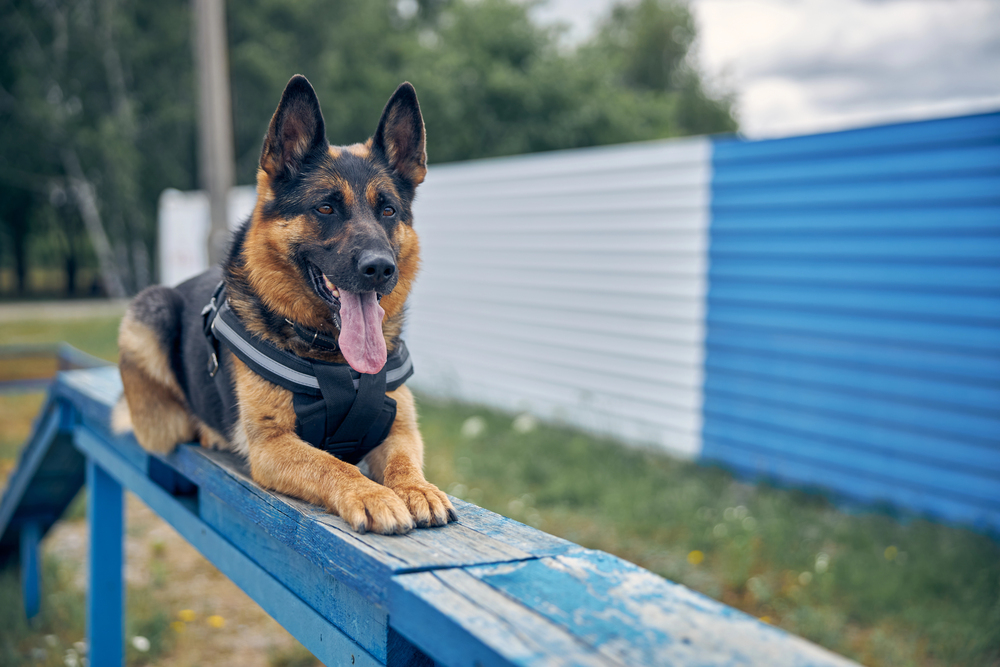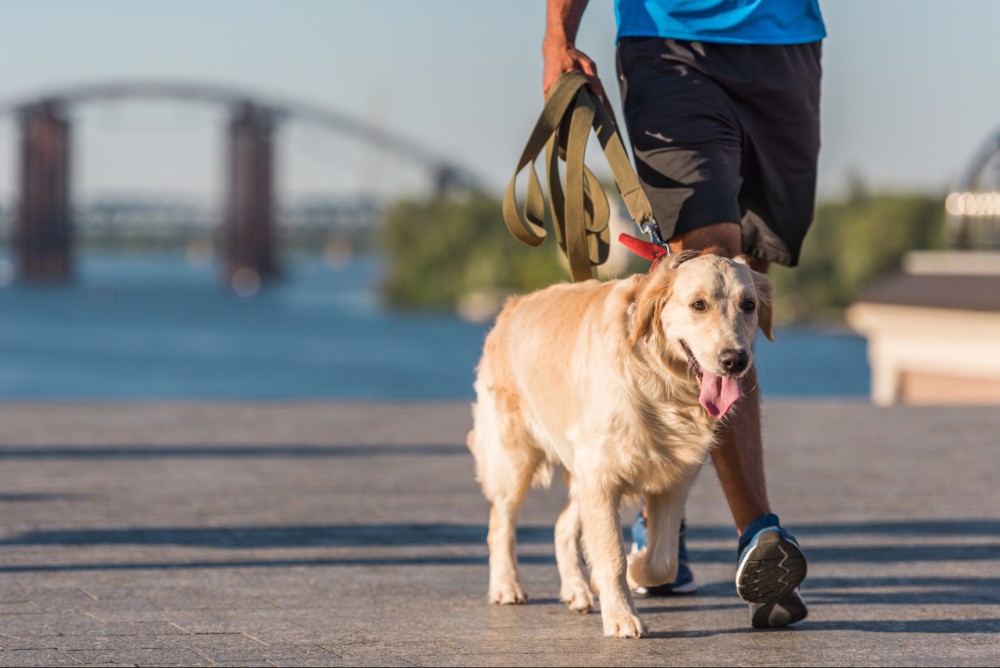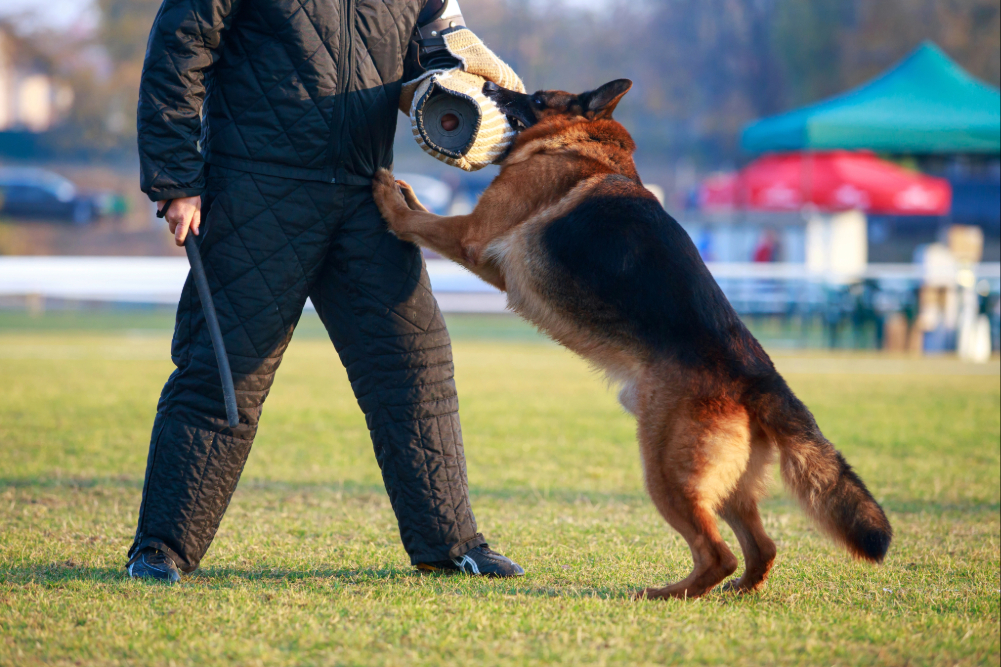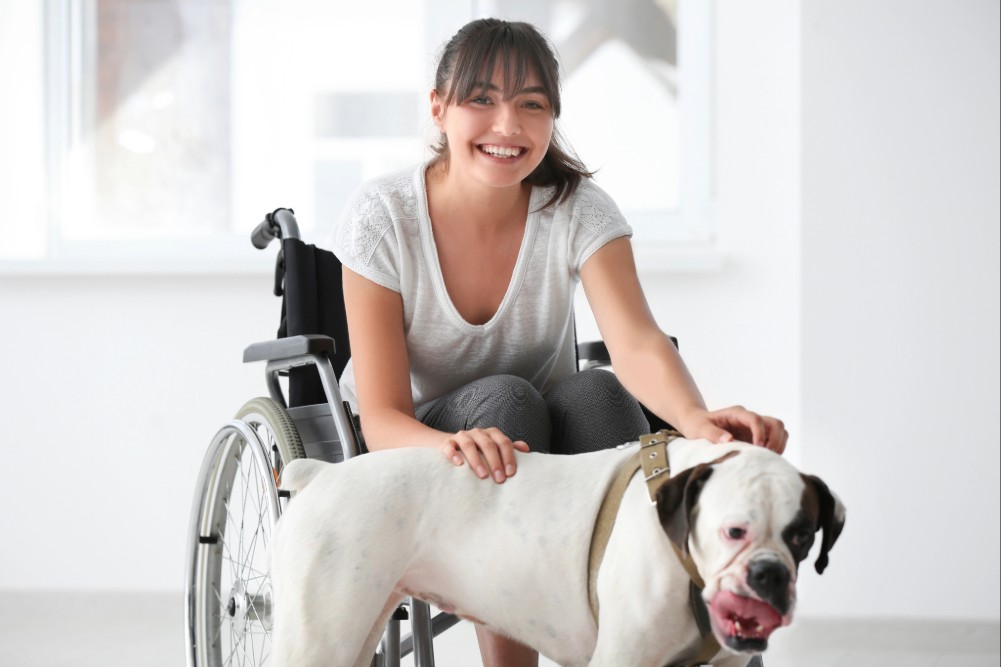
When it comes to dog training, positive reinforcement in K9 board and train programs is a popular and effective choice for many pet owners. Positive reinforcement focuses on rewarding desirable behaviors rather than punishing undesirable ones, leading to a more trusting and productive relationship between dogs and their owners.
This approach has proven to be highly successful in various training environments, including board and training for dogs programs, where dogs can receive specialized attention and training in a controlled setting.
In this blog post, we’ll explore the benefits of using positive reinforcement in board and train programs for dogs and why this method is often preferred by both trainers and dog owners.
What Is Positive Reinforcement?
Positive reinforcement is a training technique that rewards a dog for performing a desired behavior. The reward can be anything the dog finds motivating, such as treats, toys, or praise.
By constantly rewarding positive behaviors, the dog learns to associate those actions with something pleasant, making them more likely to repeat those behaviors in the future. This method contrasts with punitive approaches, which focus on correcting bad behavior rather than encouraging good behavior.
In a positive reinforcement board and train program, the trainer identifies specific behaviors to encourage, such as sitting calmly, walking on a leash, or responding to commands. The trainer then provides rewards when the dog successfully performs those behaviors, helping them to understand what is expected. Over time, the dog becomes more confident in their ability to perform these behaviors, leading to a better overall relationship with their handler.
Why Positive Reinforcement Works
One of the primary reasons positive reinforcement is so effective is that it creates a positive and rewarding experience for the dog. Instead of instilling fear or confusion, this method builds trust between the dog and the trainer. Dogs naturally want to seek rewards, so when they are consistently rewarded for desired behaviors, they are more likely to repeat those behaviors in the future.
This training method is particularly useful in board and training programs for dogs as they can be exposed to a variety of situations, triggers, and environments. By using positive reinforcement, trainers can help dogs remain calm and confident when facing new experiences.
Whether it’s learning how to walk on a leash without pulling or becoming accustomed to being in a crate, positive reinforcement helps dogs build positive associations with the tasks they are learning.
Moreover, positive reinforcement strengthens the bond between the dog and their handler. It encourages cooperation and communication, making training sessions more enjoyable for both the dog and the trainer. This leads to better results and a happier, more well-adjusted dog in the long term.
Building Trust and Reducing Fear
Using positive reinforcement in a board and train program helps reduce fear-based reactions that often arise from punishment-based training methods. Many dogs that have undergone punishment-based training can become fearful of their trainers or handlers, which can lead to anxiety, avoidance, or even aggression. Positive reinforcement, on the other hand, builds trust and confidence in the dog.
When dogs are trained using positive reinforcement, they learn that good things happen when they behave correctly, which encourages them to approach situations with a calm and open attitude. In contrast, dogs trained using punishment may become anxious, fearful, or confused, making them less likely to respond to training in a positive way.
For dogs with behavioral issues such as aggression or fearfulness, positive reinforcement can be particularly effective. It allows them to learn how to behave appropriately without adding stress or anxiety to their experience. This is especially important in a board and training environment, where the goal is to provide a safe and supportive space for the dog to learn and grow.
Encouraging Long-Term Learning
Another significant benefit of positive reinforcement in board and training for dogs programs is that it encourages long-term learning and retention. When dogs are rewarded for positive behaviors, they are more likely to remember and continue those behaviors outside of training sessions. This helps create lasting habits that continue once the training is over.
Dogs trained with positive reinforcement are not only more likely to respond to commands in the short term but are also better equipped to generalize those commands to different environments. Whether they’re at home, in the park, or at a friend’s house, a dog trained with positive reinforcement can more easily transfer their learned behaviors to new situations. This makes them more adaptable and well-behaved, even in unfamiliar settings.
Furthermore, positive reinforcement helps dogs understand that they have control over their actions. When they learn that certain behaviors lead to rewards, they become more motivated to participate in training and follow commands, which makes training sessions more productive and enjoyable for everyone involved.
The Role of Trainers in Positive Reinforcement
While positive reinforcement is an effective technique, the success of this method also depends on the skills and experience of the trainer. In K9 board and train programs, trainers are responsible for applying positive reinforcement correctly and consistently. They must be able to identify which behaviors to reward and when to reward them, ensuring that the dog learns quickly and effectively.
In addition, trainers must be patient and understanding, recognizing that each dog is unique and may learn at different paces. Some dogs may require more time and repetition than others, while some may need additional support to build confidence.
Trainers in positive reinforcement board and train programs are trained to tailor their approach to each individual dog’s needs, ensuring that the dog receives the right type and level of reinforcement at every stage of their training.
By using a combination of positive reinforcement techniques and expert guidance, trainers can help dogs achieve their full potential while minimizing stress and anxiety. The goal is not only to teach dogs new behaviors but also to create a positive and supportive training experience that leads to long-term success.
The Impact of Positive Reinforcement on Dog Behavior
The benefits of positive reinforcement extend beyond just teaching commands and tricks. It also has a profound impact on a dog’s overall behavior and temperament. Dogs trained with positive reinforcement tend to be more well-rounded and balanced, exhibiting fewer behavioral issues and stronger bonds with their owners.
For example, dogs trained with positive reinforcement are less likely to develop problem behaviors such as excessive barking, digging, or destructive chewing. They are more motivated to make the right choices, which reduces the likelihood of negative behaviors arising.
Start Positive Reinforcement Training Today
If you’re looking to address behavioral issues or simply want to improve your dog’s overall obedience and manners, consider enrolling them in a board and training program that uses positive reinforcement. With the right training approach, your dog can become more confident, well-behaved, and happy, leading to a stronger bond between you and your furry companion.
At Controlled K9, training programs are tailored to each dog’s specific needs, combining proven techniques like positive reinforcement with expert guidance to achieve lasting results.
With services including behavior modification, service dog training, and protection dog training, Controlled K9 ensures every dog receives personalized care and support throughout their training journey. Contact us today to learn more about our positive reinforcement board and train programs.




Comments